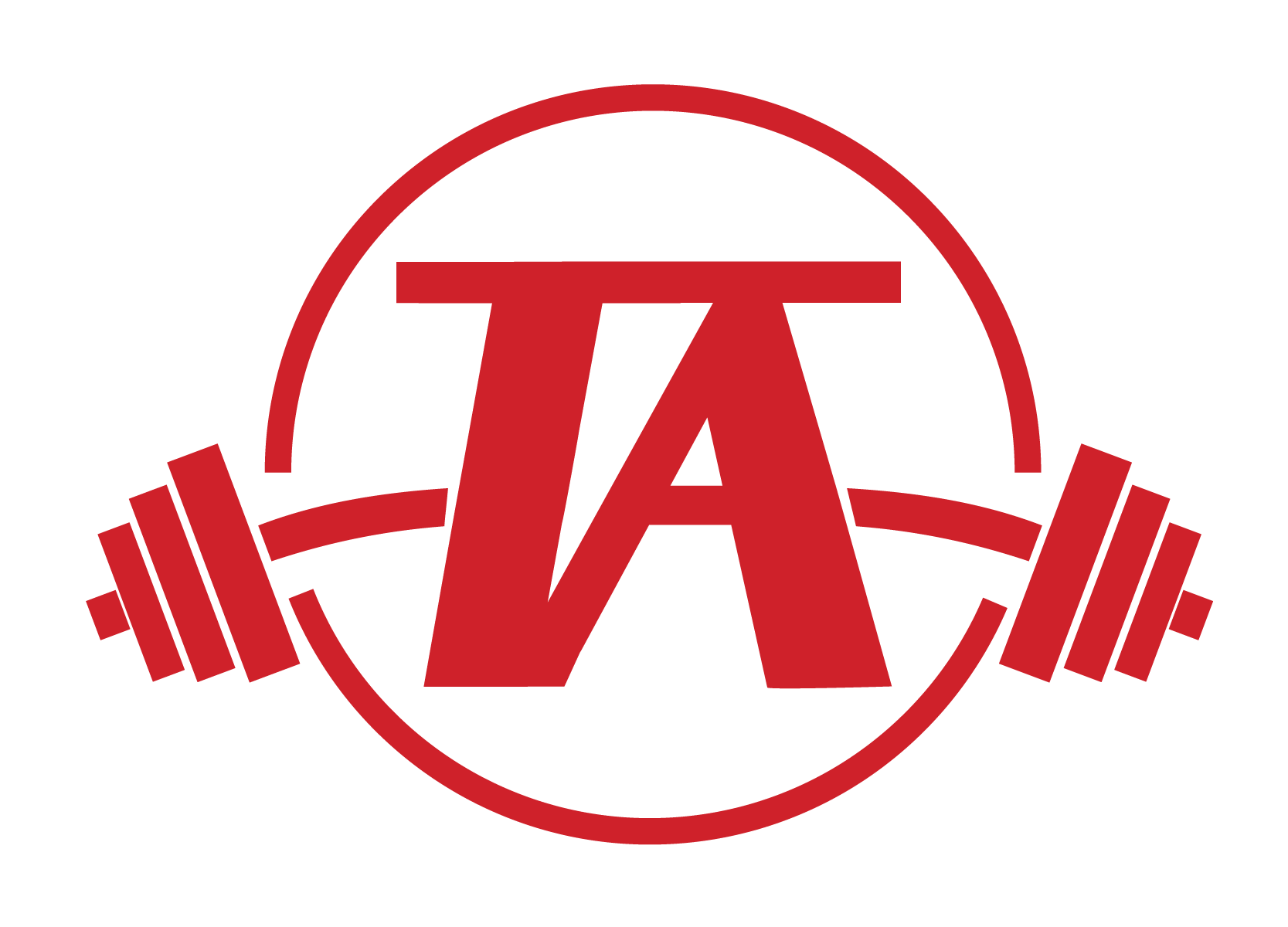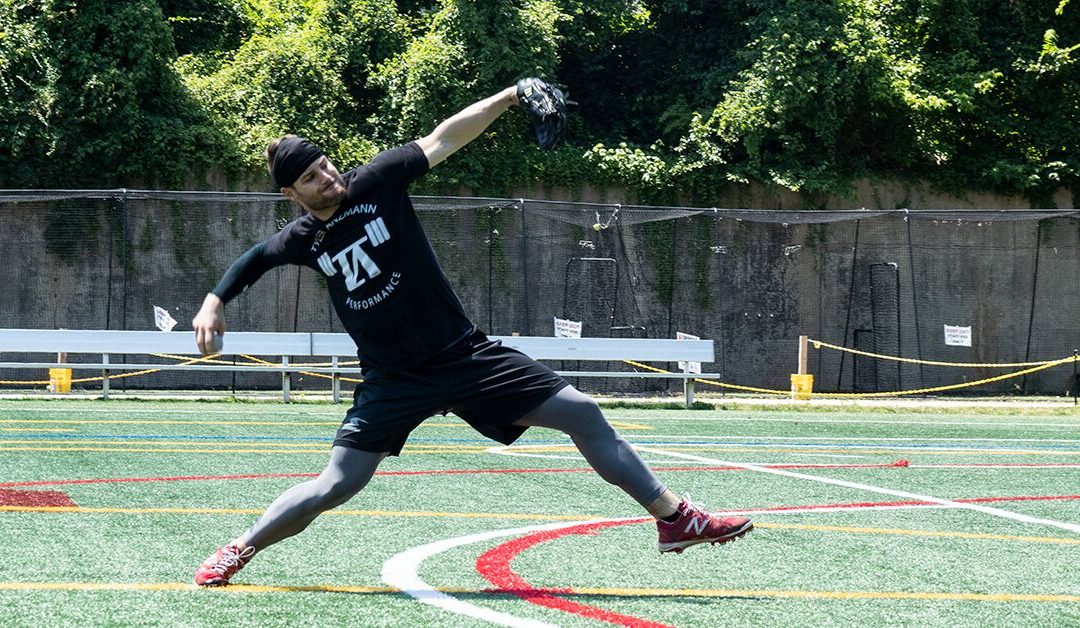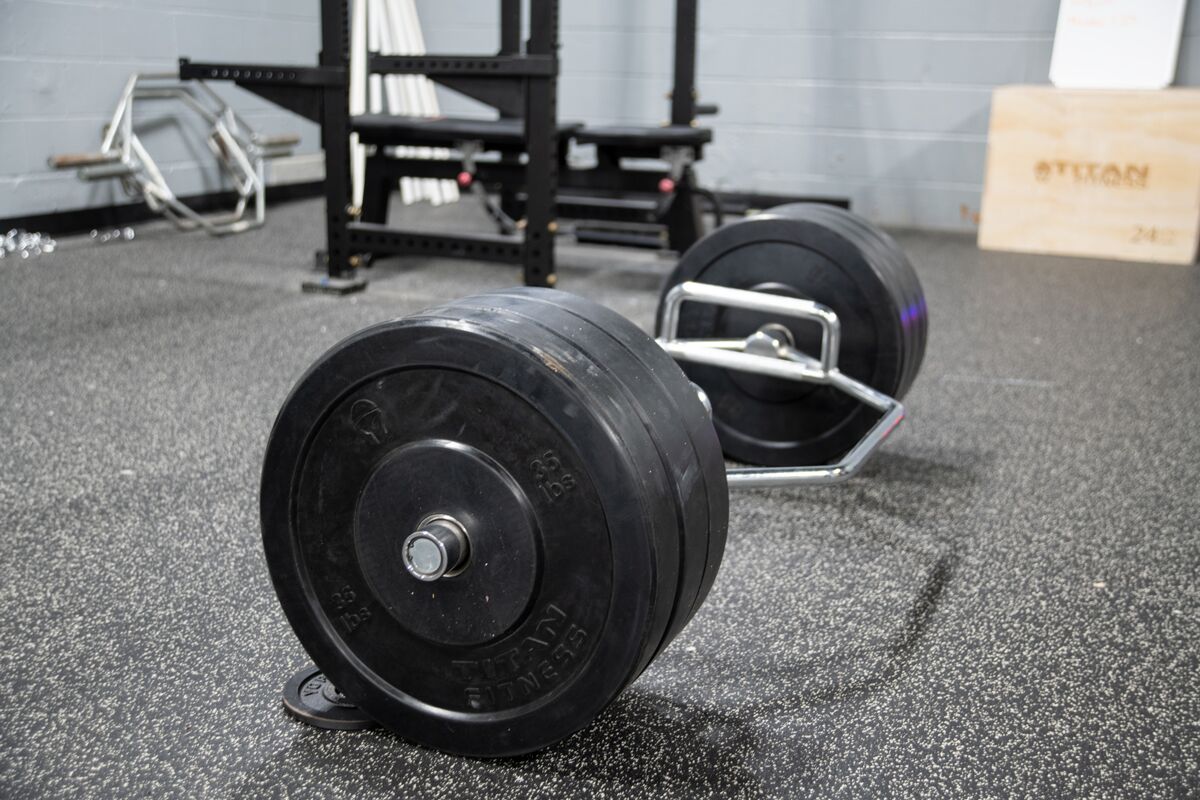Monitoring workload has been a part of sports for a long time. Whether it’s pitch counts in baseball or minutes played in basketball, it’s not necessarily a new concept. But, recently there has been more research into the topic of athlete workload and how that affects the optimization of performance and injury risk. One of the leading researchers on this topic is an Australian Sports Scientist named Tim Gabbett. His work on the acute:chronic workload ratio has become influential across a variety of sports and helped make tracking devices pervasive in sports like soccer, rugby, and Australian Football.
Workload management is an interesting topic, but how can we apply it to baseball and what does it actually mean for injury risk and improving performance?
What Is the Acute: Chronic Workload Ratio?
Let’s start off by defining some of the terminology.
Load is the first piece of the puzzle as it is the volume and intensity of training and competition.
Acute workload is what you’ve done recently; generally the last week of training, and chronic workload is what you’ve done over a longer period of time. Generally chronic workload refers to the previous three or four weeks.
These numbers help illustrate both the positive and negative aspects of training as the acute workload is representative of fatigue, while the chronic workload is representative of fitness level.
Load can be further divided into external and internal load. External load is the act of training or competing, while internal load is how you respond to that stimulus physiologically, psychologically, and biomechanically.
External measures of load are extremely valuable, i.e. how many reps were performed and at what percentage of 1RM, but internal measures are important as well. There are ways of objectively tracking some measures of internal load, such as heart rate variability (HRV), but there are there are cheap and easy ways of tracking internal load as well.
The simplest way is by having athletes rate the difficulty of a training session on a scale from 1-10 (10 being the most difficult) and multiplying that by training time or repetitions (this can work well for throwing) to get arbitrary units (AU). While wearable devices are cool and may be good options if your budget allows, RPE has been shown to be a good indicator of internal load when compared to heart rate based load measuring devices (Impellizzeri et al., 2004).
For example, if you have a difficult session that lasts an hour tracking would look something like this:
RPE 9 x 60 min = 540 AU
You can then track this weekly and get rolling averages for your chronic workload and give yourself a snapshot of how your athletes are recovering and progressing.
A sample week of physical preparation may look something like this:
Monday (high intensity) RPE 8 x 50 min = 400 AU
Tuesday (low) RPE 4 x 45 min = 180 AU
Wednesday (moderate) RPE 6 x 70 min = 420 AU
Thursday (low-moderate) RPE 5 x 60 min = 300 AU
Friday (high) RPE 9 x 50 min = 450 AU
Saturday (off or very low) 0 AU
Sunday (low) RPE 4 x 45 min = 180 AU
Weekly Total: 1,930 AU
What Do These Numbers Mean?
Now that you know how to track workload, let’s give some meaning to these numbers.
Based on the chronic workload of you or your athletes you can set guidelines for how much workload can be increased session-to-session and week-to-week.
Gabbett’s research suggests that a ratio between 0.8 and 1.3 is the “sweet spot” for improving fitness while minimizing injury risk, and that a ratio of 1.5 is when injury risk begins to rise sharply (Blanch and Gabbett, 2016).
This range can be calculated prior to training to set a goal for the day, or after training for evaluation purposes.
If you want to calculate it before hand, multiply your goal ratio by your chronic workload.
0.8 x 5,000 AU = 4,000 AU
To calculate after the session, divide your acute workload by your chronic workload.
6,500/5,000 = 1.3 A:C ratio
So, if you have a chronic workload of 5,000 AU, your acute workload should stay somewhere between 4,000 AU and 6,500 AU to stay in the “sweet spot” range and risk would theoretically increase sharply beginning at an acute workload of 7500 AU. The other piece to consider here is that for the most part the acute workload should stay above 0.8, not just below 1.5 as an acute workload below 0.8 may also increase injury risk (Blanch and Gabbett, 2016). There are times when a deload or time off is necessary, and this is why pitchers use an on-ramp period when they begin throwing again.
Athletes need to build relatively high chronic workloads in order to become more robust and progress performance levels. The take home point is that workloads should not be dramatically increased week-to-week or session-to-session when possible.
Additionally, there are a lot of factors that can help increase or decrease injury risk when spikes in workload do happen. Strength levels, aerobic fitness, and age have all been shown to affect injury risk (Malone, 2017). Stronger athletes (relative to bodyweight), aerobically fit athletes, and athletes with a training experience of 2-6 years have all been shown to have a lower risk of injury (Malone, 2017).
How Do We Apply This to Baseball?
As with many sports, baseball players have dual training loads from skill work and physical preparation (strength, power, speed work). Both numbers should be taken into account when calculating workloads and examined individually and as a whole.
I track both of these factors with my athletes and I do it using the RPE and time equation discussed above. Tracking throwing and physical prep separately is valuable as it allows you to ensure that neither variable is getting too much or too little focus in a given period, as this could become especially problematic if throwing load gets out of whack.
More specifically, I look at the acute workload of throwing on both a session-to-session basis and a weekly basis. Since high effort throwing days are extremely stressful, they warrant their own consideration.
Based on the residual effect of training, I believe it’s important that my athletes get consistent exposure (generally twice per week) to high velocity throwing. The residual effect of training states that in order to retain adaptations to speed and power training, athletes should be exposed to that stimulus every 2-8 days (Issurin, 2008). This has been shown to be important from both a performance and health standpoint.
Anecdotally, sport scientists, such as Jake Schuster, who monitors athletes in other sports like soccer, has suggested that teams that expose their athletes to consistent maximum velocity sprinting have fewer hamstring pulls than teams who opt for submaximal sprints. I view high effort throwing in a similar way. Consistent exposure to high effort throwing (95% effort or higher) is not only necessary for improving velocity, but also for preparing athletes for the stress of competition.
Also, since strength has been shown to be a moderator for injury risk, building reasonably strong athletes, in terms of relative strength especially, should be a basic goal. Beginner and older athletes should be given special care in terms of loading and programming as they may be at greater risk of injury. Younger athletes are not physically mature enough to handle the same training load as more experienced athletes, while older athletes may have greater risk as a result of their injury history, or overall wear and tear from a long career. This means paying special attention to how they’re recovering between sessions and their non-training stressors. Teaching these athletes how to use biofeedback and auto regulate may be helpful for knowing when they can push intensity and when it may need to be pulled back some.
Tracking
While there are a variety of devices that track workload in a variety of sports, including the Motus sleeve in baseball, you don’t need any tech to make this work.
Practically, this tracking is very simple and requires no technology or expensive equipment. Track how long you throw or lift for and rate the difficulty or how hard you went (in the case of throwing). However, as I said before, high effort throwing should be accounted for more specifically. For example, if you’re doing pulldowns or throwing a bullpen, tracking the number of throws is more valuable than “time throwing.” More time will likely be taken between throws compared to lower intensity throwing, and may differ between individuals, which may lead to “time throwing” being a poor measure of actual throwing load. Do this every day and you’ll have a snapshot of your fitness and fatigue levels at any point in your macrocycle.
Conclusion
The application of this information is where many training models fall short. Workload ratios provide a visual for coaches, performance staff, and sports medicine staff to look at as a way to hopefully reduce injury risk, and may offer insight after an athlete is injured. However, a high acute workload does not mean that an athlete will get injured, just as a low acute workload does not mean an athlete will stay healthy. Athletes need load in order to perform at a high level and stay healthy, and decreasing this too dramatically may have a negative effect. While the acute:chronic workload is not a crystal ball, it is a science backed way of managing injury risk and may be a helpful addition to a high performance program.
References
Gabbett TJ The training—injury prevention paradox: should athletes be training smarter and harder?British Journal of Sports Medicine 2016;50:273-280.
Blanch P, Gabbett TJ Has the athlete trained enough to return to play safely? The acute:chronic workload ratio permits clinicians to quantify a player’s risk of subsequent injury British Journal of Sports Medicine 2016;50:471-475.
Issurin V. (2008) “Block Periodization: Breakthrough in Sports Training.” New York, NY: Ultimate Athlete Concepts.
Malone, Roe, Doran, Gabbett, Collins (2017) Int J. Sports Physiol. Perform., 12:393-401.
Impellizzeri FM, Rampinini E, Coutts AJ, Sassi A, Marcora SM (2004) Use of RPE-based training load in soccer. Medicine and Science in Sports and Exercise.


